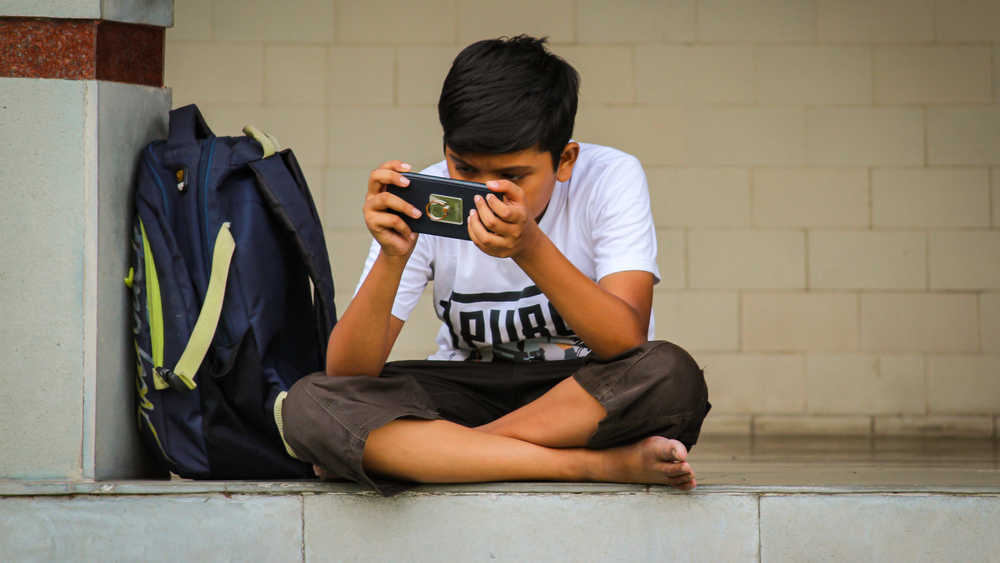It is called “The Covid Effect”. A company that tracks the use of digital devices by children of four to 15 years of age found an enormous increase in screen hours not just from pre-lockdown times but from month to month too, as the year of the pandemic wore on. Relaxing limits on screen time just a little would have been natural for parents at first when schools closed; things got more difficult after that. Youngsters of all ages continued to stay at home and have lessons online while parents often worked from home as well, juggling housework and office within the same confines. Family togetherness has its charms, but they can wear a bit thin when there is too much of it — and nothing else. Amid a change in work-life equations and social isolation that started abruptly yet began to seem endless, it was inevitable that disciplining children for turning to the screen to talk to friends, to play or amuse themselves would no longer be possible. Or even fair.
The virus caused more than the deadly infection. There had already been serious worry and bleak research findings about addiction to digital devices and social media among children and young adults. From disrupted sleep patterns to hurt egos, from anxiety and depression to diminishing attention spans and reliance on constant mood-boosts — the harm was both physical and mental. In spite of the new routes of creativity and widening horizons of knowledge that the online world can offer, for children closeted with the screen for most hours of the day for months on end, some of the damage feared earlier seems unavoidable. A certain attenuation of the free-ranging imagination is also a possibility with the attention fixed on a quickly responding screen. Additionally, staring at it also means straining the eyes while confinement puts an end to strenuous outdoor games.
Enforcing old physical habits, such as going to school again, playing together, going cycling, swimming or climbing, may not be too difficult when the pandemic passes, as youngsters may be longing to be freed of fear and isolation. But mental habits are not as easy to break. The feedback from digital devices may seem much smoother, more predictable, and less troublesome than from real-life situations in which interactions with other people and dealing with immediate tasks turn out to be too challenging to be worth bothering about. The quasi-protective shell offered by the screen is dangerous to developing minds and personalities. But again, the fact that young minds are impressionable is also the reason for hope. They can be made to change — with grown-ups consciously helping them to do so — or they can wish to change themselves. The screen generation is also a wise generation in many ways. The worries and the research come from adults who have made a fair mess of the world. Youngsters might yet show them their place.











